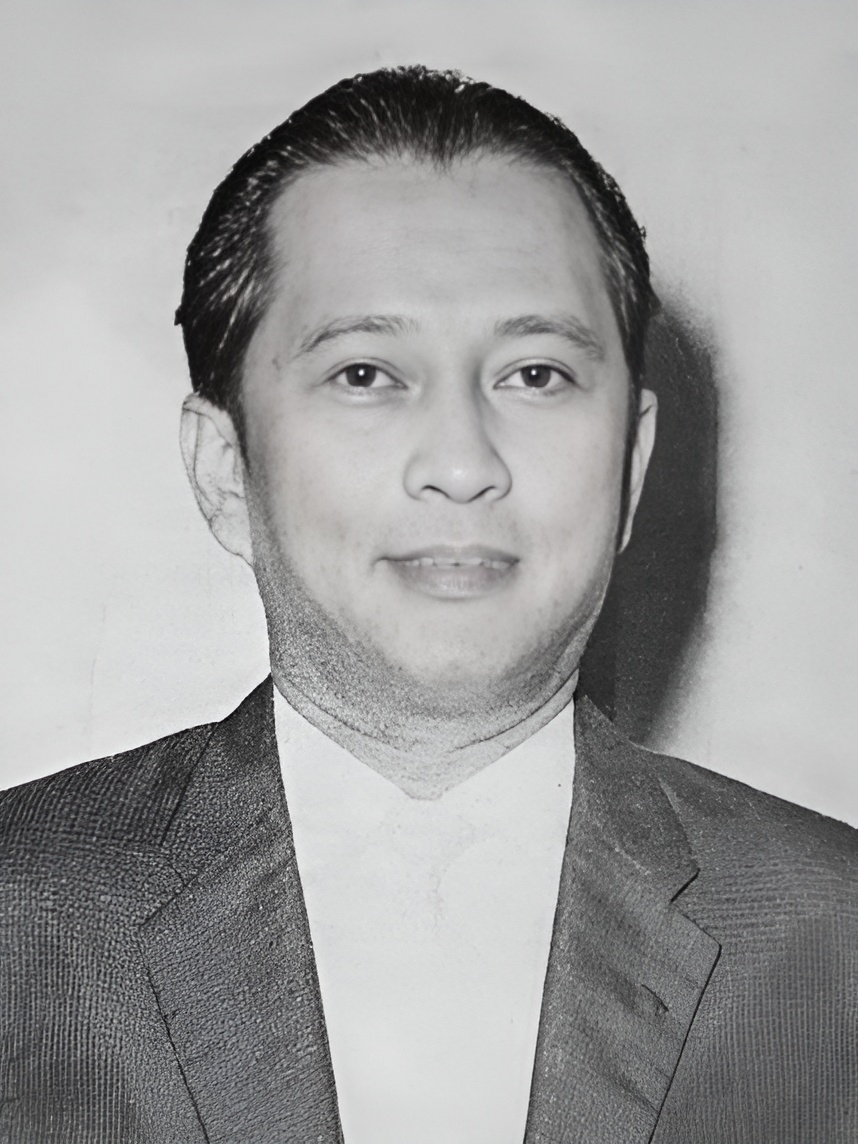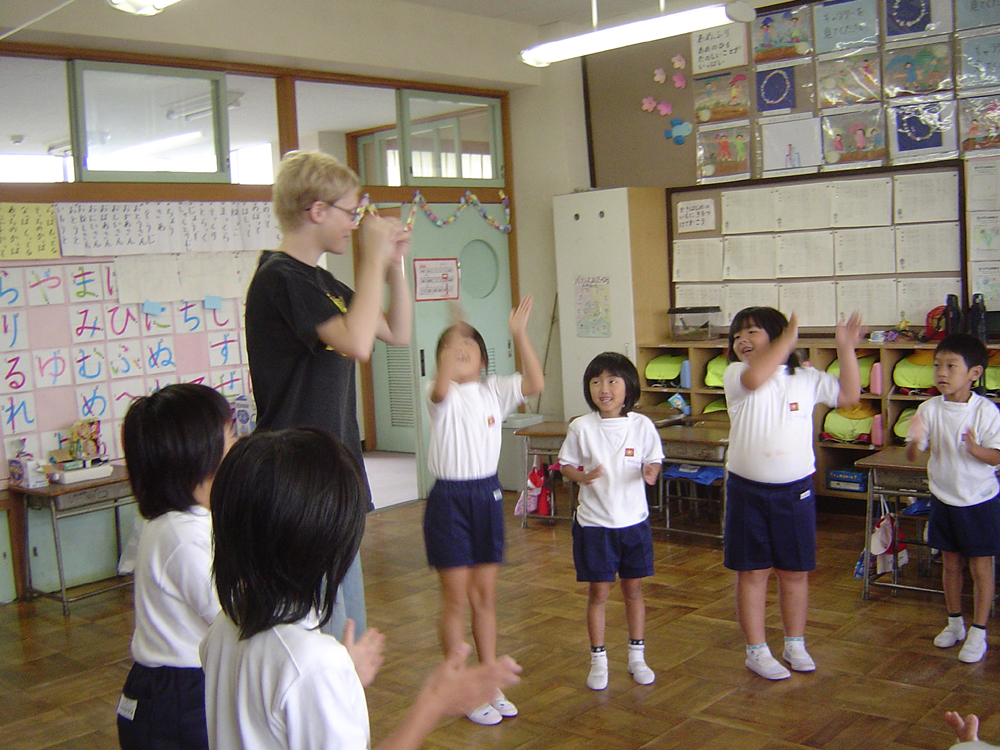|
Bambang Soesatyo
Bambang Soesatyo (born 10 September 1962), more colloquially referred to as Bamsoet, is an Indonesian politician and businessman, who is currently serving as the 15th Speaker of the People's Consultative Assembly since 2019, and as a Member of the House of Representatives since 2009. A member of Golkar, he previously served as the 18th Speaker of the House of Representatives following the resignation of Setya Novanto. Early life and education Youth and early education Bambang Soesatyo was born in Jakarta, Indonesia, on 10 September 1962. He was raised in a military family, and grew up in a military dormitory. His father, S.E. Prijono, was a soldier who came from Semarang. Bambang began his early education by enrolling at SD Negeri VIII (the equivalent of primary school), graduating in 1975. He then attended middle school at SMP Negeri 49, and graduated in 1978. He then pursued his secondary education majoring in science at SMA Negeri 14, Jakarta, and graduated in ... [...More Info...] [...Related Items...] OR: [Wikipedia] [Google] [Baidu] |
Speaker Of The People's Consultative Assembly
__NOTOC__ This is a list of speakers of the People's Consultative Assembly, the bicameral legislature of Indonesia. The list does not include chairs of the Central Indonesian National Committee. From 1960 to 1971 the assembly was named the Provisional People's Consultative Assembly. Key: * * * * * * * See also * People's Consultative Assembly * List of Deputy Speakers of the People's Consultative Assembly * List of Speakers of the People's Representative Council The Speaker of the House of Representatives, ( id, Ketua Dewan Perwakilan Rakyat; )is the presiding officer of the House of Representatives of Indonesia. The speaker is the political and parliamentary leader of the House of Representatives and i ... * List of Speakers of the Regional Representative Council Notes Bibliography * * * * * * * * * References {{reflist, 3 Lists of legislative speakers Lists of political office-holders in Indonesia ... [...More Info...] [...Related Items...] OR: [Wikipedia] [Google] [Baidu] |
People's Consultative Assembly
The People's Consultative Assembly of the Republic of Indonesia ( id, Majelis Permusyawaratan Rakyat Republik Indonesia, MPR-RI) is the legislative branch in Indonesia's political system. It is composed of the members of the People's Representative Council (DPR) and the Regional Representative Council (DPD). Before 2004, and the amendments to the 1945 Constitution, the MPR was the highest governing body in Indonesia. In accordance with Law No. 16/1960, the assembly was formed after the general election in 1971. It was decided at that time that the membership of the Assembly would be twice that of the House. The 920 membership of MPR continued for the terms of 1977–1982 and 1982–1987. For the terms 1987–1992, 1992–1997, and 1997–1999 the MPR's membership became 1000. One hundred members were appointed representing delegations from groups as addition to the faction delegates of Karya Pembangunan (FKP), Partai Demokrasi Indonesia (FPDI), Persatuan Pembanguna ... [...More Info...] [...Related Items...] OR: [Wikipedia] [Google] [Baidu] |
Suharto
Suharto (; ; 8 June 1921 – 27 January 2008) was an Indonesian army officer and politician, who served as the second and the longest serving president of Indonesia. Widely regarded as a military dictator by international observers, Suharto led Indonesia through a dictatorship for 31 years, from the fall of Sukarno in 1967 until his own resignation in 1998. The legacy of his 31-year rule, and his US$38 billion net worth, is still debated at home and abroad. Suharto was born in the small village of Kemusuk, in the Godean area near the city of Yogyakarta, during the Dutch colonial era. He grew up in humble circumstances. His Javanese Muslim parents divorced not long after his birth, and he lived with foster parents for much of his childhood. During the Japanese occupation era, Suharto served in the Japanese-organized Indonesian security forces. During Indonesia's independence struggle, he joined the newly formed Indonesian Army. There, Suharto rose to the rank of major ... [...More Info...] [...Related Items...] OR: [Wikipedia] [Google] [Baidu] |
Indonesian Language
Indonesian ( ) is the official language, official and national language of Indonesia. It is a standard language, standardized variety (linguistics), variety of Malay language, Malay, an Austronesian languages, Austronesian language that has been used as a lingua franca in the multilingual Indonesian archipelago for centuries. Indonesia is the fourth most list of countries by population, populous nation in the world, with over 270 million inhabitants—of which the majority speak Indonesian, which makes it one of the most List of languages by total number of speakers, widely spoken languages in the world.James Neil Sneddon. ''The Indonesian Language: Its History and Role in Modern Society''. UNSW Press, 2004. Most Indonesians, aside from speaking the national language, are fluent in at least one of the more than 700 indigenous languages of Indonesia, local languages; examples include Javanese language, Javanese and Sundanese language, Sundanese, which are commonly used at home a ... [...More Info...] [...Related Items...] OR: [Wikipedia] [Google] [Baidu] |
Student Senate
A students' union, also known by many other names, is a student organization present in many colleges, universities, and high schools. In higher education, the students' union is often accorded its own building on the campus, dedicated to social, organizational activities, representation, and academic support of the membership. In the United States, ''student union'' often only refers to a physical building owned by the university with the purpose of providing services for students without a governing body. This building is also referred to as a student activity center, although the Association of College Unions International (largely US-based) has hundreds of campus organizational members. Outside the US, ''student union'' and ''students' union'' more often refer to a representative body, as distinct from a ''student activity centre'' building. Purpose Depending on the country, the purpose, assembly, method, and implementation of the group might vary. Universally, the purpose ... [...More Info...] [...Related Items...] OR: [Wikipedia] [Google] [Baidu] |
Kompas
''Kompas'' () is an Indonesian national newspaper from Jakarta which was founded on 28 June 1965. The paper is published by PT Kompas Media Nusantara, which is a part of Kompas Gramedia Group. Its head office is located at the Kompas Multimedia Towers, Tanah Abang, Central Jakarta. The paper manages an online portal kompas.id, which contains updated news and the digital subscription version of the paper, while Kompas Gramedia also manages another editorially-separated portal kompas.com. Kompas daily is one of two newspapers in Indonesia audited by the International Federation of Audit Bureau of Circulations. History The paper was first suggested by General Ahmad Yani, then commander of the Indonesian Army, to Frans Seda, a government minister and leader of the Catholic Party. Yani encouraged Seda to publish a newspaper that was representative of the Catholic Party faction, in order to counter the communist propaganda spearheaded by the PKI. Seda sounded out the ide ... [...More Info...] [...Related Items...] OR: [Wikipedia] [Google] [Baidu] |
Science
Science is a systematic endeavor that Scientific method, builds and organizes knowledge in the form of Testability, testable explanations and predictions about the universe. Science may be as old as the human species, and some of the earliest archeological evidence for scientific reasoning is tens of thousands of years old. The earliest written records in the history of science come from Ancient Egypt and Mesopotamia in around 3000 to 1200 Common Era, BCE. Their contributions to mathematics, astronomy, and medicine entered and shaped Greek natural philosophy of classical antiquity, whereby formal attempts were made to provide explanations of events in the Universe, physical world based on natural causes. After the fall of the Western Roman Empire, knowledge of History of science in classical antiquity, Greek conceptions of the world deteriorated in Western Europe during the early centuries (400 to 1000 CE) of the Middle Ages, but was preserved in the Muslim world during the ... [...More Info...] [...Related Items...] OR: [Wikipedia] [Google] [Baidu] |
Secondary Education
Secondary education or post-primary education covers two phases on the International Standard Classification of Education scale. Level 2 or lower secondary education (less commonly junior secondary education) is considered the second and final phase of basic education, and level 3 (upper) secondary education or senior secondary education is the stage before tertiary education. Every country aims to provide basic education, but the systems and terminology remain unique to them. Secondary education typically takes place after six years of primary education and is followed by higher education, vocational education or employment. In most countries secondary education is compulsory, at least until the age of 16. Children typically enter the lower secondary phase around age 12. Compulsory education sometimes extends to age 19. Since 1989, education has been seen as a basic human right for a child; Article 28, of the Convention on the Rights of the Child states that primary educatio ... [...More Info...] [...Related Items...] OR: [Wikipedia] [Google] [Baidu] |
Middle School
A middle school (also known as intermediate school, junior high school, junior secondary school, or lower secondary school) is an educational stage which exists in some countries, providing education between primary school and secondary school. The concept, regulation and classification of middle schools, as well as the ages covered, vary between and sometimes within countries. Afghanistan In Afghanistan, middle school includes grades 6, 7, and 8, consisting of students from ages 11 to 14. Algeria In Algeria, a middle school includes 4 grades: 6, 7, 8, and 9, consisting of students from ages 11–15. Argentina The of secondary education (ages 11–14) is roughly equivalent to middle school. Australia No regions of Australia have segregated middle schools, as students go directly from primary school (for years K/preparatory–6) to secondary school (years 7–12, usually referred to as high school). As an alternative to the middle school model, some secondary schools cla ... [...More Info...] [...Related Items...] OR: [Wikipedia] [Google] [Baidu] |
Primary School
A primary school (in Ireland, the United Kingdom, Australia, Trinidad and Tobago, Jamaica, and South Africa), junior school (in Australia), elementary school or grade school (in North America and the Philippines) is a school for primary education of children who are four to eleven years of age. Primary schooling follows pre-school and precedes secondary schooling. The International Standard Classification of Education considers primary education as a single phase where programmes are typically designed to provide fundamental skills in reading, writing, and mathematics and to establish a solid foundation for learning. This is ISCED Level 1: Primary education or first stage of basic education.Annex III in the ISCED 2011 English.pdf Navigate to International Standard Classification of Educati ... [...More Info...] [...Related Items...] OR: [Wikipedia] [Google] [Baidu] |
Semarang
Semarang ( jv, ꦏꦸꦛꦯꦼꦩꦫꦁ , Pegon: سماراڠ) is the capital and largest city of Central Java province in Indonesia. It was a major port during the Dutch colonial era, and is still an important regional center and port today. The city has been named as the cleanest tourist destination in Southeast Asia by the ASEAN Clean Tourist City Standard (ACTCS) for 2020–2022. It has an area of and is located at . The population of the city was 1,555,984 at the 2010 censusBiro Pusat Statistik, Jakarta, 2011. and 1,653,524 at the 2020 census,Badan Pusat Statistik, Jakarta, 2021. making it Indonesia's ninth most populous city after Jakarta, Surabaya, Bekasi, Bandung, Medan, Depok, Tangerang and Palembang. The built-up urban area had 3,183,516 inhabitants at the 2010 census spread over two cities and 26 districts. The Semarang metropolitan area (a.k.a. ''Kedungsepur'') has a population of over 6 million in 2020 (''see Greater Semarang section''). The population of the ... [...More Info...] [...Related Items...] OR: [Wikipedia] [Google] [Baidu] |
.jpg)






